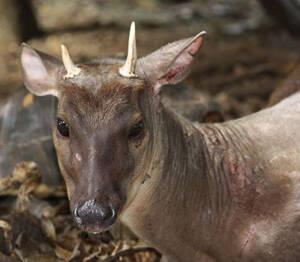
Red Brocket (scientific name: Mazama americana) is called Red Brocket in English, Corzuela Colorado and Corzuela Roja in Spanish, and Veado-mateiro in Portuguese. There are 12 subspecies.Red Brocket is active during the day and at night, and often appears alone. The habitat they live in is conducive...
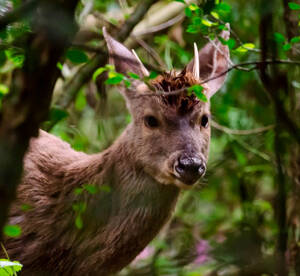
Gray Brocket (scientific name: Mazama gouazoubira) is called Gray Brocket and Brown Brocket in English, Cabra Silvestre, Corzuela Común, Corzuela Parda, Guazu, Guazu Virá in Spanish, and Corça and Veado-catingueiro in Portuguese. There are 11 subspecies.In the captive study area, the home ranges...

Chilean Huemul (scientific name: Hippocamelus bisulcus), also known as Patagonian Huemul, is an endangered animal, one of the two species of the genus Hippocamelus, with no subspecies.Chilean red elk is a gregarious species. The number of elks in a gregarious group depends on the situation. It is us...
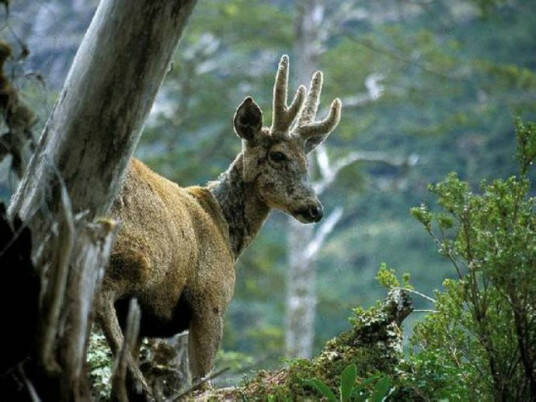
The Peruvian horse moose, whose scientific name is Hippocamelus antisensis, is the most prosperous subfamily of the deer family and the most prosperous group of ungulates except the bovidae. Their bodies are stout and their limbs are short. During the summer, they inhabit high altitudes, gradually m...
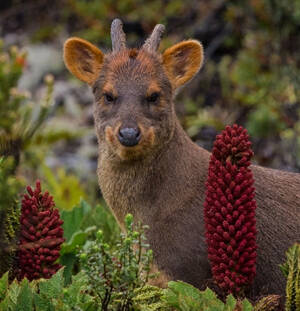
Chilean Pudu (scientific name: Pudu puda) is called Southern Pudu in foreign language. It is the smallest deer in the world and has no subspecies.Chilean Pudu is a diurnal animal, but it is more active in the afternoon, evening and morning. It will go to open places to forage. The food is leaves, br...
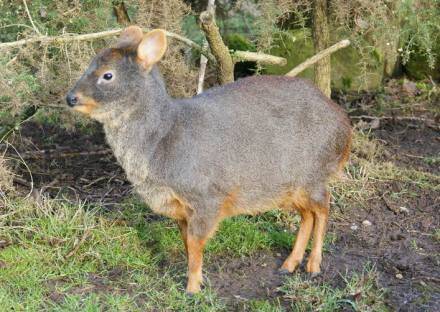
Pudu mephistophiles (De Winton) is also known as the northern Pudu deer.Pudu mephistophiles mainly eat understory plants in moist forests, including ferns and leaves. Because their food is full of water, they rarely drink water. They defecate in the same place, forming a pile of dung, which may be u...
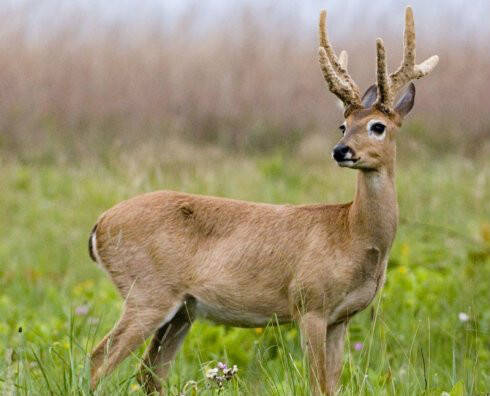
The scientific name of the steppe deer is Ozotoceros bezoarticus, which is an endangered deer species unique to South America. In spring, they often gather in small groups of 3 to 5, and live alone or in pairs in winter. It is small and looks unremarkable. However, the male steppe deer has developed...

The South American Swamp Deer (scientific name: Blastocerus dichotomus), also known as the swamp deer, is the largest deer in South America.The South American Swamp Deer is solitary or lives in groups of less than 6, but this changes according to the season and specific circumstances. They do not fo...
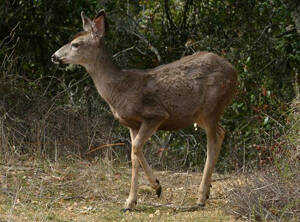
Mule Deer (scientific name: Odocoileus hemionus) is also known as Mule Deer, Black-tailed Deer, Cedros Island Mule Deer, Cedros Island Black-tailed Deer, and has 11 subspecies. It is named after its mule-like ears and is also called black-tailed deer.Mule deer are like nomads, following water and gr...
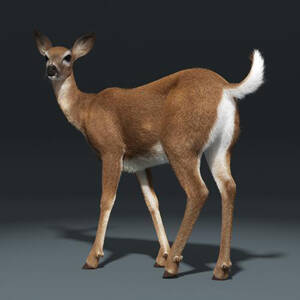
White-tailed Deer (scientific name: Odocoileus virginianus) English White-tailed Deer, Key Deer, Key Deer Toy Deer, Spanish Cariacú, Venado Cola Blanca, is a large herbivore of the Cervidae family and the genus Odocoileus.White-tailed deer are the most vigilant and timid species among deer. They ty...
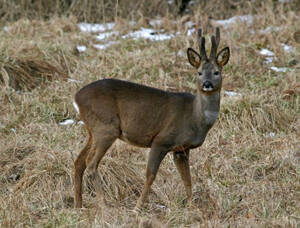
Siberian roe deer (scientific name: Capreolus pygargus) is also known as Siberian Roe Deer, Eastern roe deer, and Siberian Roe. It has four subspecies. It is one of the two species in the genus Capreolus, Cervidae, and is listed alongside the western roe deer.Siberian roe deer are alert, with keen s...

Western roe deer (English: western roe deer, scientific name: Capreolus capreolus), also known as European roe deer, mainly lives in mountains and is rarely seen in plains or islands. There are 5 subspecies.The western roe deer is often active in the evening. It mainly moves in and out of the forest...

Reindeer (scientific name: Rangifer tarandus) is called Reindeer in foreign language. There are 17 subspecies. Also known as horned deer, it is the only animal under the genus Reindeer in the family Cervidae.The most amazing behavior of reindeer is the annual migration of hundreds of kilometers. As...
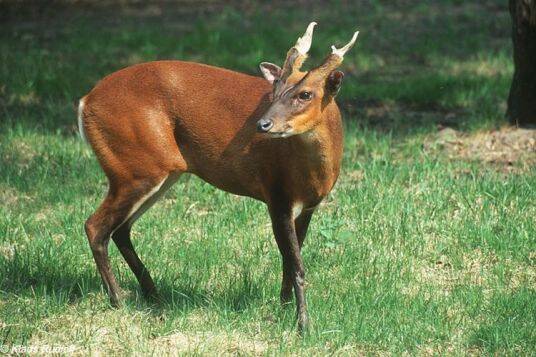
The scientific name of Indian Red Muntjac is Muntiacus vaginalis. Its foreign names include Barking Deer, Indian Muntjac, Indian Red Muntjac, and Northern Red Muntjac. Similar to the Yellow Muntjac, it will bark when in danger, so it is also called the Barking Deer. Except for the mating season, it...
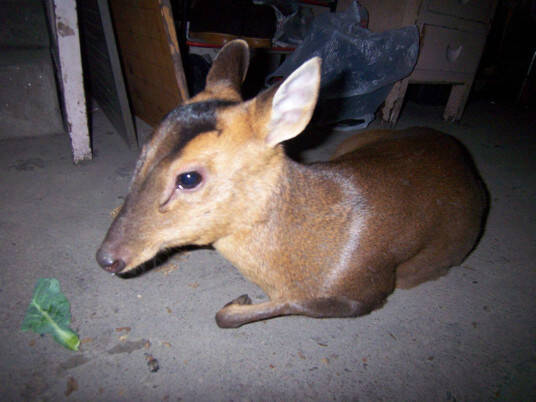
The scientific name of the Truong Son Muntjac is Muntiacus truongsonensis, and its foreign names are Annamite Muntjac, Annam Black Muntjac, Annamite Dark Muntjac, Pygmy Muntjac, Truongson Muntjac, and Truong Son Muntjac. It was discovered in Truong Son, Vietnam and its surrounding areas in 1997. It...
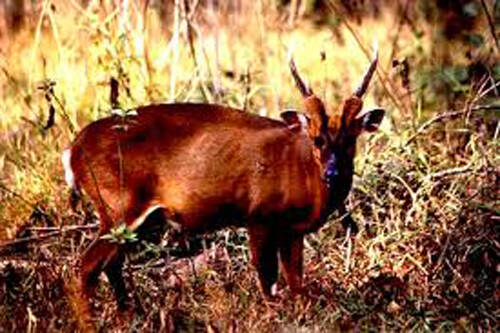
Roosevelt's Barking Deer is a subspecies of the Barking Deer, and was proposed as a separate species by the Field Museum in 1929 on a hunting expedition led by Theodore (JNR) and Kermit Roosevelt. The specimen provided by the museum was slightly larger than the common small muntjac, and DNA test...
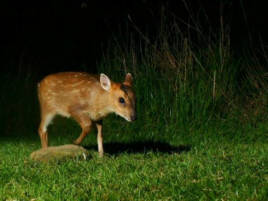
Leaf Muntjac (scientific name: Muntiacus putaoensis) is also known as Leaf Muntjac and Leaf Deer. It has no subspecies and is the smallest muntjac in the world.Leaf Muntjac is solitary. This is consistent with the view that leaf muntjacs represent an ancient group of muntjacs. Ancient muntjacs were...
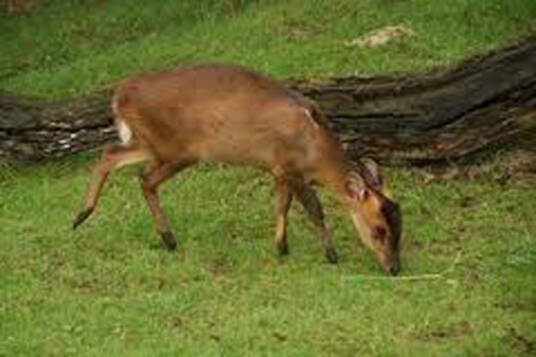
The scientific name of the Puhoat Muntjac is Muntiacus puhoatensis, and its foreign name is Puhoat Muntjac. It is a newly discovered species that is only distributed in the Pu hoat area of Vietnam, which borders Laos. Some scientists also believe that the Puhoat Muntjac and the Luo Muntjac are the s...
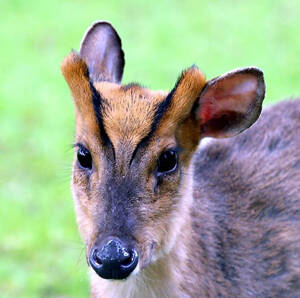
The scientific name of the Sumatran Muntjac is Muntiacus montanus, and its foreign name is Sumatran Muntjac. It is a solitary animal with timid and cautious habits. It mostly forages at night or in the early morning and dusk, and hides in the bushes to rest during the day. When frightened, it can ma...

The Vietnamese giant muntjac, scientifically known as Muntiacus vuquangensis, is a species of muntjac. It is the largest muntjac species in the world and was discovered in Ha Tinh Province, Vietnam and central Laos in 1994. The giant muntjac is a solitary animal with timid habits. It mostly forages...